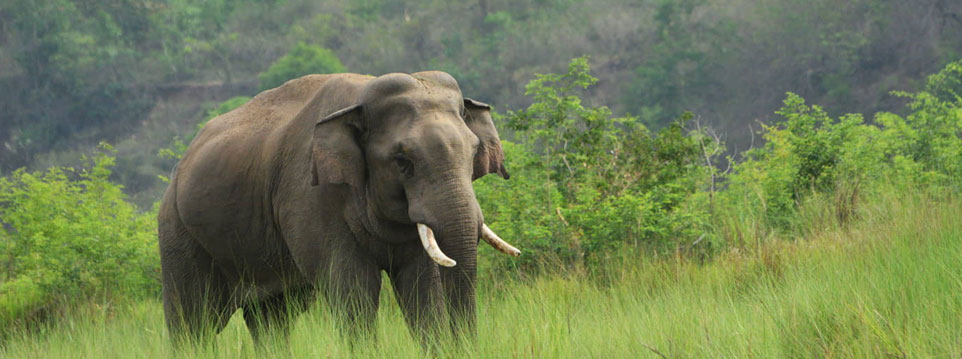A Living Biography of Nature
By JAGAT- 18-June-24: Rajaji National Park, a vibrant tapestry of flora and fauna, is nestled in the northern Indian states of Uttarakhand and Uttar Pradesh. Covering an expanse of over 820 square kilometers, this national park is not just a protected area but a living biography of nature, recounting the rich ecological and cultural history of the Shivalik ranges and the Indo-Gangetic plains. Named after C. Rajagopalachari, the last Governor-General of India, Rajaji National Park was established in 1983 by amalgamating three wildlife sanctuaries: Rajaji, Motichur, and Chilla.
Historical Background
Rajaji National Park carries a deep historical significance. Before it was designated a national park, the area was a hunting ground for the British elite during the colonial era. The forests were frequented by Maharajas and British officers who indulged in big game hunting, which had a considerable impact on the local wildlife populations. Post-independence, the Indian government recognized the need to protect these critical habitats, leading to the creation of the sanctuaries that were eventually merged into Rajaji National Park.

Geographical and Ecological Significance
The park's geography is as diverse as its history. It stretches from the dense evergreen forests of the Shivalik foothills to the lush green grasslands of the plains. The varied topography includes steep hills, deep valleys, and meandering rivers like the Ganges and Yamuna, creating an array of microhabitats that support a wide range of species.
Rajaji is part of the larger landscape of the Terai Arc, an important ecological region that serves as a corridor for wildlife movement between Nepal and India. This connectivity is crucial for the genetic diversity and long-term survival of many species, including the park's flagship species, the Asian elephant.
Flora and Fauna
Rajaji National Park is a botanical paradise. The dominant vegetation types include sal forests, which form dense canopies, riverine forests along water bodies, broadleaved deciduous forests, scrubland, and vast grasslands. This diversity in plant life provides the perfect backdrop for an equally varied animal kingdom.
The park is home to around 500 Asian elephants, making it one of the most important elephant habitats in northern India. Tigers and leopards, the apex predators of the region, roam the forests, contributing to the park's status as a critical tiger habitat under Project Tiger. Other notable mammals include the Himalayan black bear, sloth bear, wild boar, and various species of deer like the sambar and spotted deer.
Birdwatchers can revel in the sight of over 300 bird species, including the great pied hornbill, the fire-capped tit, and the Himalayan pied kingfisher. The park's rivers and water bodies are teeming with aquatic life, providing a complete ecosystem that supports both terrestrial and aquatic species.
Ecotourism and Community Involvement
Rajaji National Park offers a unique opportunity for ecotourism, combining wildlife experiences with the natural beauty of the Shivaliks. Jeep safaris and guided nature walks provide visitors with an intimate glimpse into the lives of the park's inhabitants. Ecotourism not only raises awareness about conservation but also generates revenue that supports local communities and conservation efforts.
Educational initiatives, including nature camps and workshops, are aimed at fostering a deeper understanding and appreciation of the natural world among visitors, especially the younger generation. These programs highlight the importance of conservation and the role each individual can play in preserving our natural heritage.
Conclusion
Rajaji National Park is more than just a protected area; it is a living, breathing biography of India's natural and cultural history. Its rich biodiversity, coupled with ongoing conservation efforts and community involvement, makes it a beacon of hope in the fight to preserve our planet's precious ecosystems. As we look to the future, the story of Rajaji National Park serves as a reminder of the delicate balance between humans and nature and the need to protect and cherish our natural world for generations to come.